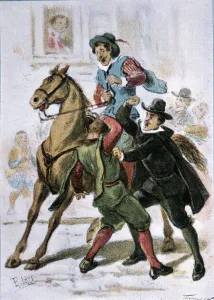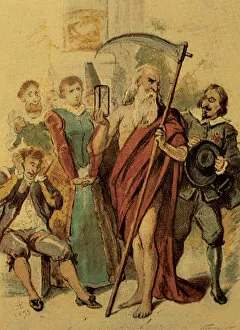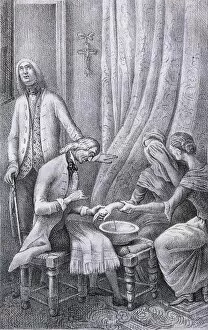Quevedo Collection
Quevedo, a name that resonates with literary brilliance and artistic mastery
All Professionally Made to Order for Quick Shipping
Quevedo, a name that resonates with literary brilliance and artistic mastery. Francisco Quevedo, the Spanish writer of the 17th century, left an indelible mark on literature with his works that continue to captivate readers even today. One such masterpiece is "House of Fools of Love" by Francisco Quevedo. This intriguing piece takes us on a journey through the complexities of love and its follies, beautifully illustrated in vivid detail. The engravings accompanying Quevedo's "Don Pablo" further enhance the storytelling experience, bringing to life the characters and their struggles. In another engraving from Book II of "Story of the Buscon called Don Pablos, " we are transported into a scene filled with intrigue and adventure, and is here that we witness Quevedo's genius as he crafts a tale that keeps us on the edge of our seats. But it is not just his literary prowess that defines Quevedo; he was also known for his sharp wit and satirical commentary on society. In "Paul the sharper, " he exposes societal vices with biting humor, leaving no stone unturned in his critique. Beyond his writing, there is much fascination surrounding Francisco Quevedo himself. A reconstruction of his cell gives us a glimpse into his world within Saint Domin monastery. It serves as a reminder that great minds often find solace in solitude. Quevedo's influence extended beyond his own time; Diego de Torres Villarroel pays homage to him through various works spanning different genres. This speaks volumes about how deeply ingrained Quevedo's legacy remains in Spanish literature. Francisco de Quevedo y Villegas may have departed this world centuries ago, but his spirit lives on through each stroke of pen or brush dedicated to unraveling tales both profound and entertaining. His impact continues to inspire writers and artists alike who seek to emulate his brilliance.




















